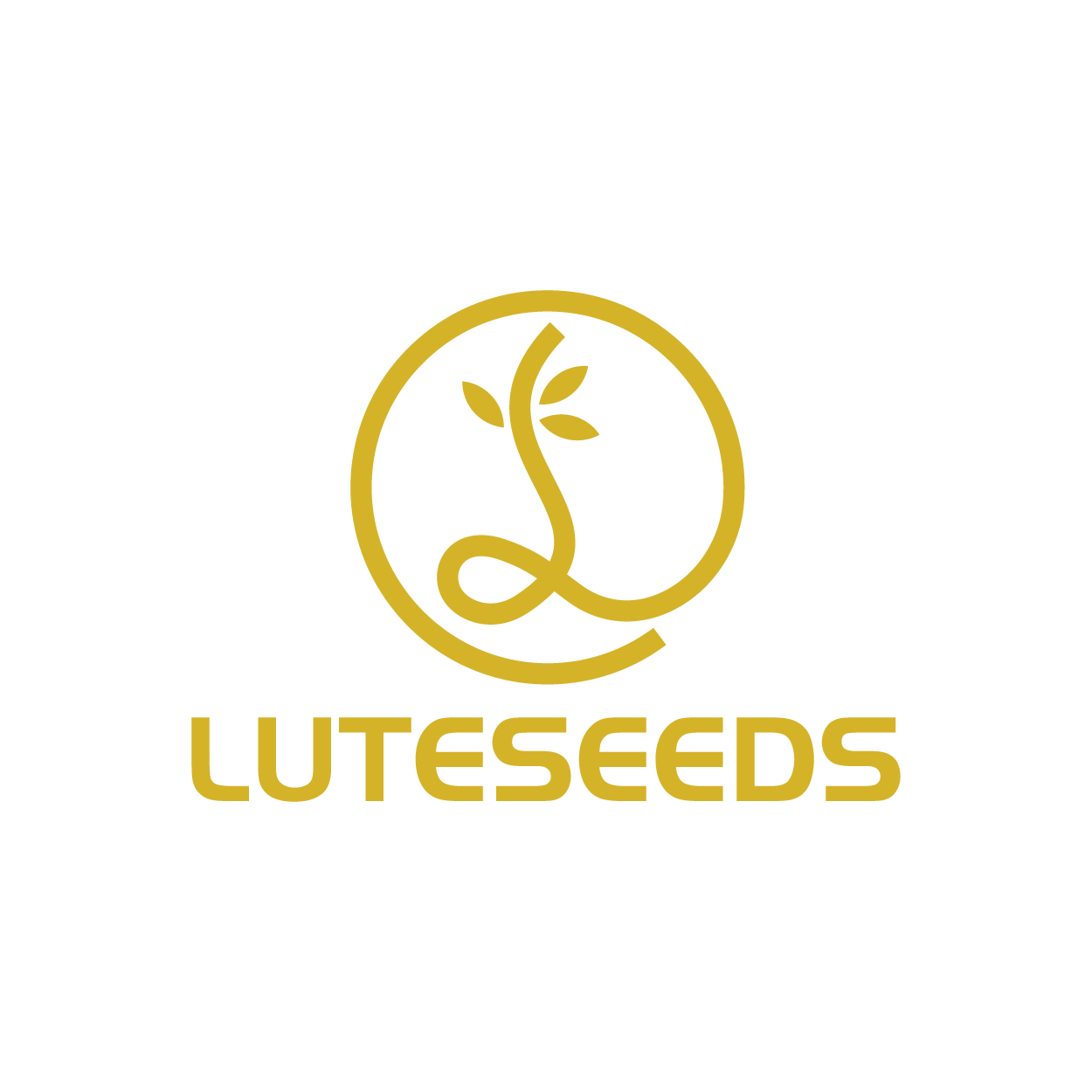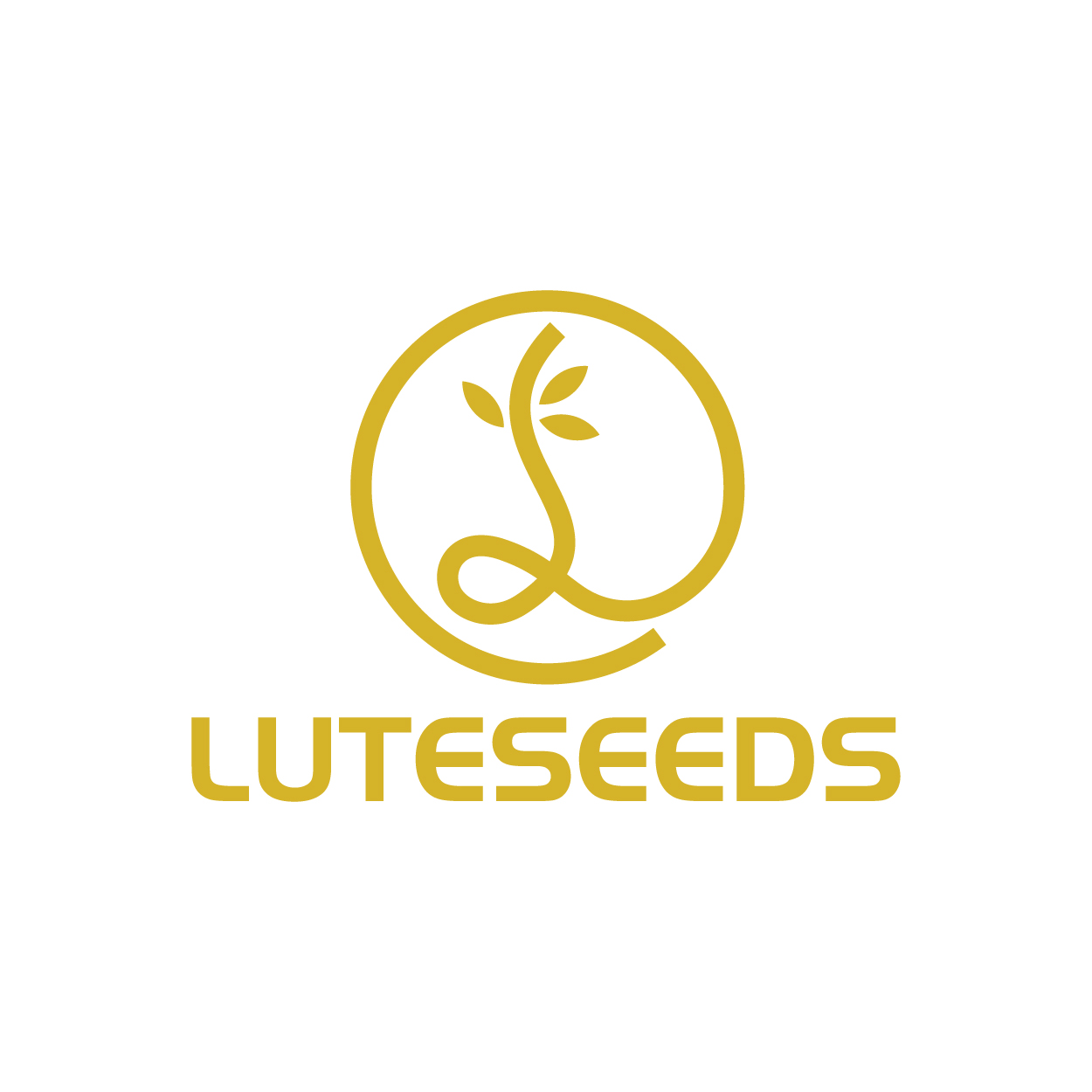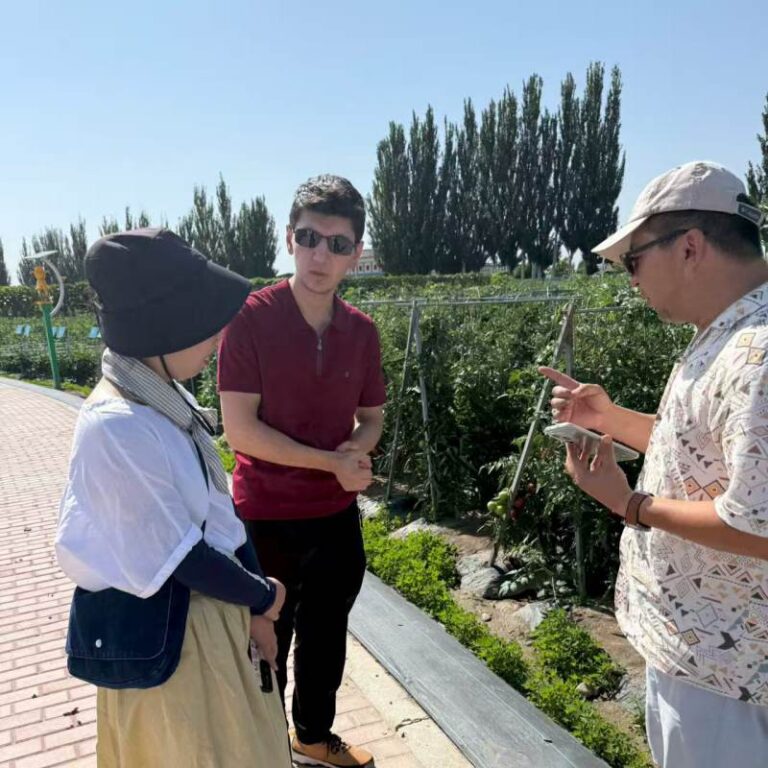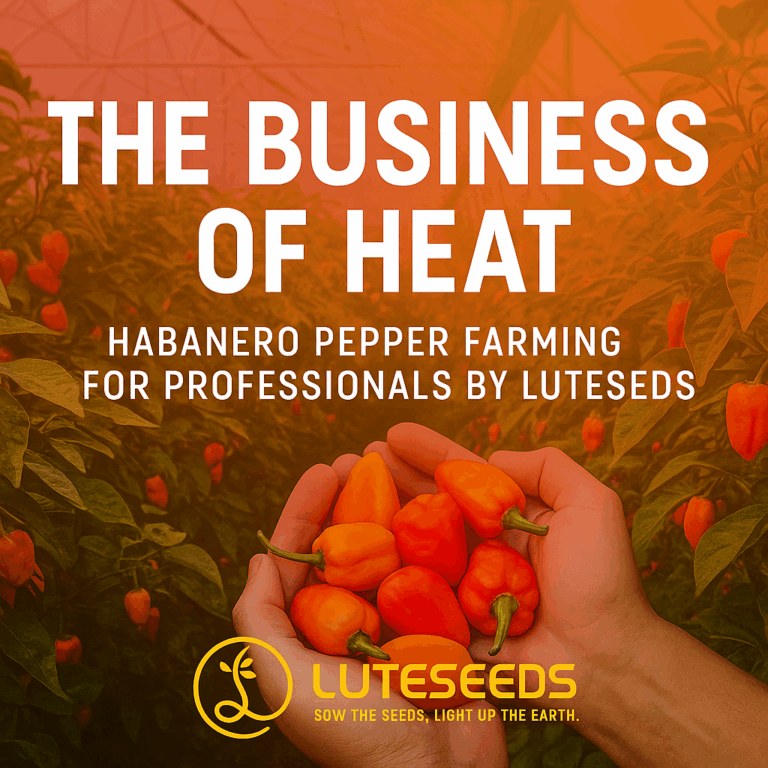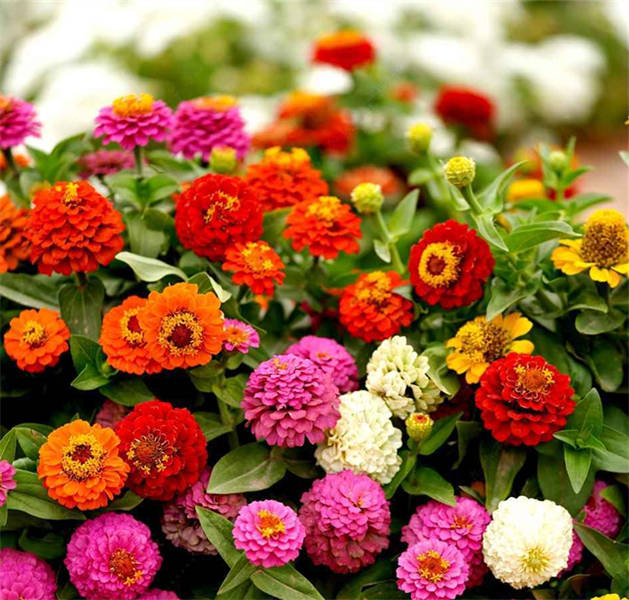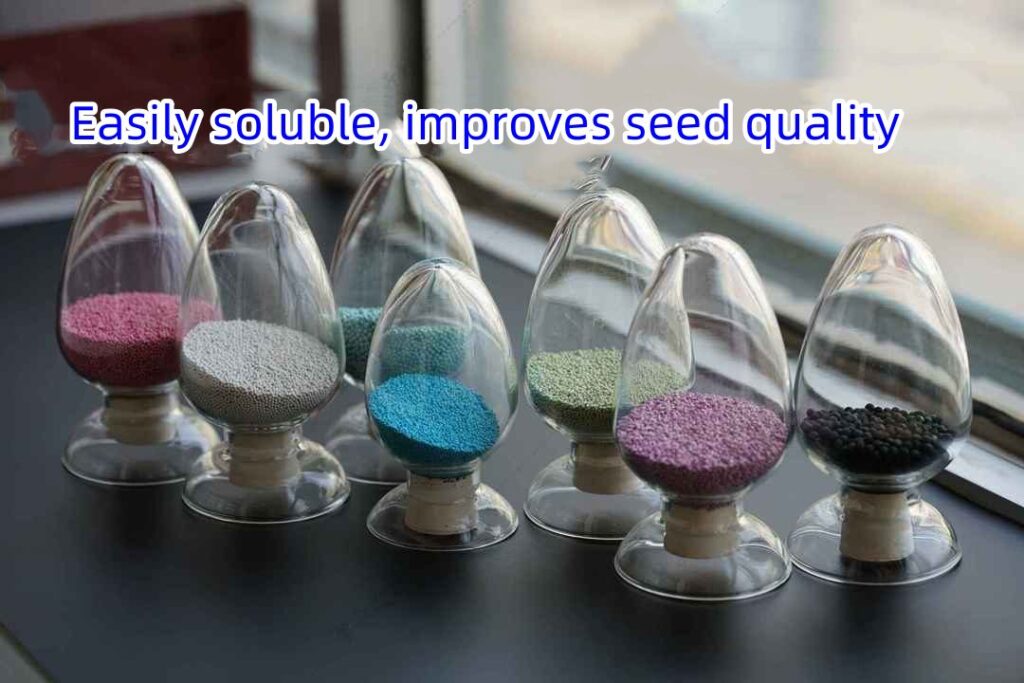
Seed pellet processing technology
Seed pelletization technology, as a type of seed coating technology, uses seed pelletization machinery to coat the surface of seeds with a layer of pesticides, fungicides, auxins, micro-fertilizers, film-forming agents and supporting auxiliary processing. The seeds are treated with smooth surface, enlarged particles, and “pellet” shape. The purpose is to make tiny seeds larger to facilitate mechanized and factory-based seedling raising; to reduce the occurrence of seed diseases and insect pests and to be more conducive to growth.
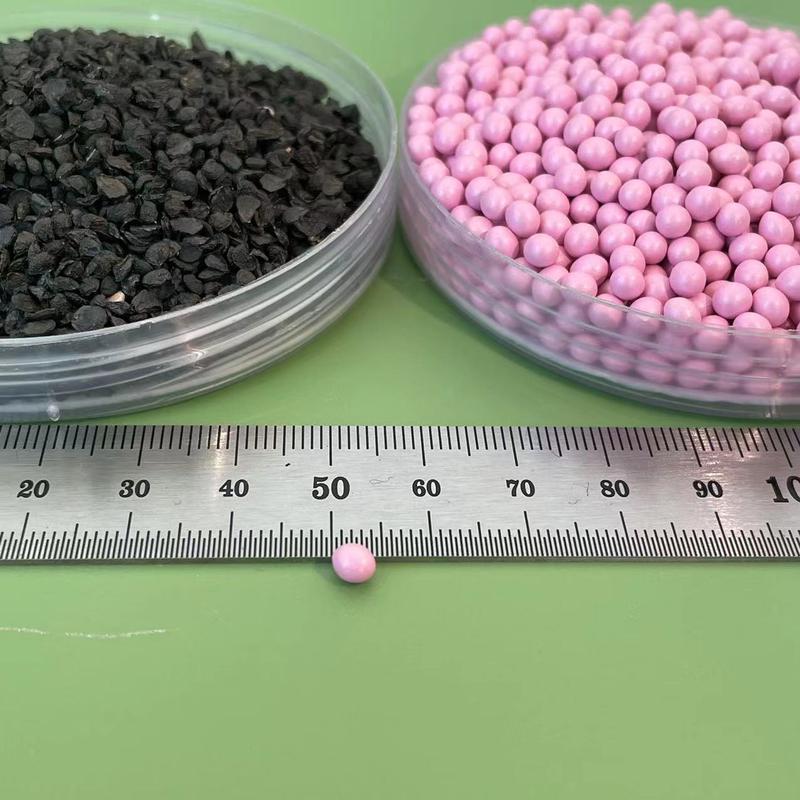
Benefits of seed pelleting
- Facilitate mechanized sowing: some fine seeds are pelletized to become larger, and some irregular seeds are pelletized to become regular so that they can meet the requirements of the seeder.
- Save labor costs: Pelleted seeds can be sown mechanically, saving 90% of the labor compared to granular seed sowing.
- Save seed costs: Pelleted seeds can meet the needs of precise and precise sowing; pelletized powder can repel insects and prevent birds, reducing the damage caused by insects and birds after sowing.
- Improve the stress resistance of seeds: The pelletized shell gives the seeds a small water reservoir and fertilizer reservoir, which can greatly improve disease resistance and promote root and seedling growth.
- Convenient field management: Pelleted seeds emerge neatly, so weeding, fertilizing, and pesticide application in the field are very convenient.
- A large number of experimental research and production practices have proven that pelleting seeds of vegetables, pastures, lawns, tobacco, and flowers can save more than 30% of seeds, reduce chemical control by more than 2 to 3 times during the growth period of crops, and improve the efficiency of crops. The yield is more than 10% to 20%, which has a great effect on increasing income and reducing expenditure for farmers. After the seeds are pelletized, they can effectively promote the mechanization of crop production, and can also effectively reduce the number of pest and disease control times during the growth period of crops, which is of great significance to protecting the ecological environment, ensuring crop yields, and ensuring food safety.
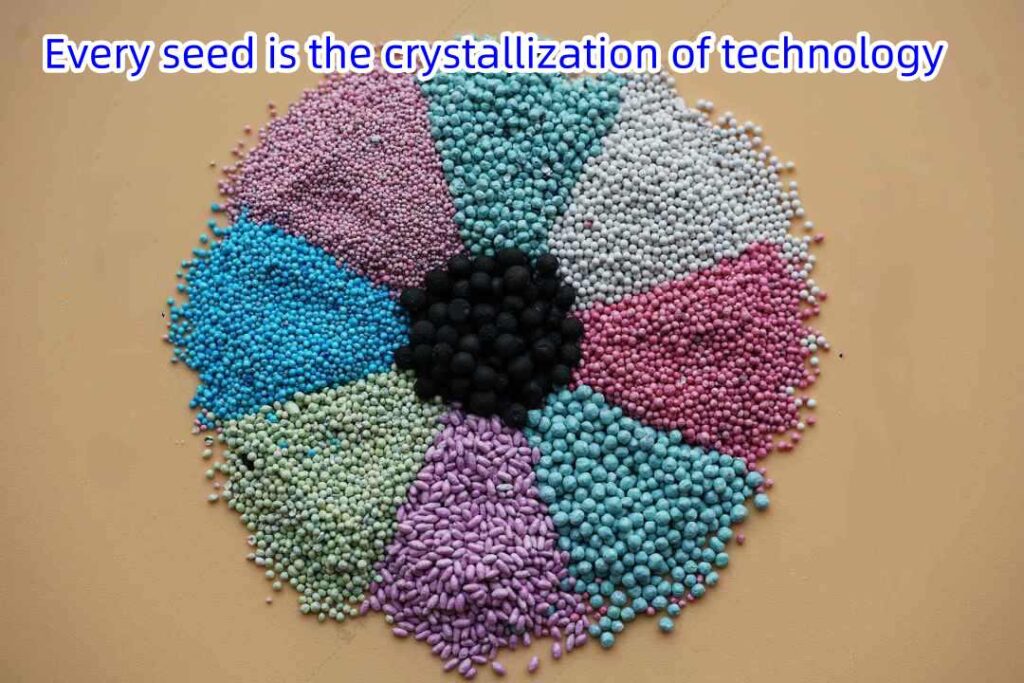
What are the technical requirements for pelleting seeds
- Easy to transport;
- Easy to store;
- Suitable for mechanical sowing;
- The pellet shell allows air and water to pass;
- After sowing, the shell of the pellet particles can crack in time and create a good microenvironment for seed germination and seedling growth. The materials used for seed pelletization mainly include the following ingredients: binders, disintegrants, fillers, colorants, etc.
What can we at luteseeds provide you?
- One seed is pelleted into one pellet or multiple pellets into one pellet.
- if multi-pellets seeds, each clustered pellet seed contains 3-6 seeds. Conveniently sow multiple seeds in one plug tray at the same time. For example,Lobelia cardinalis, cardinal flower, Calceolaria Herbeohybrida, Pocketbook Plant, Portulaca grandiflora, Moss rose, snapdragons, Antirrhinum majus, Gypsophila repens, alpine gypsophila or creeping baby’s breath and so on.
Other Pelleted seeds currently produced for your reference
- petunia hybrida
- Campanula medium Linn. English name: Canterbury bells, Scandinavian
- Stipa capillata, Needle Grass, feather, hair grass
- Verbena Tenuisecta, moss verbena
- Verbena bonariensis L. Purple top Vervain
- Papaver alpinum, commonly known as alpine poppy
- purple loosestrife, Lythrum salicaria
- plumed cockscomb, Celosia pyramidalis
- Mesembryanthemum crystallinum, mesembryanthemum spectabilis
- Pericallis cruenta, Pericallis bloody, Senecio cruentus and Cineraria cruenta, Pericallis hybrida
